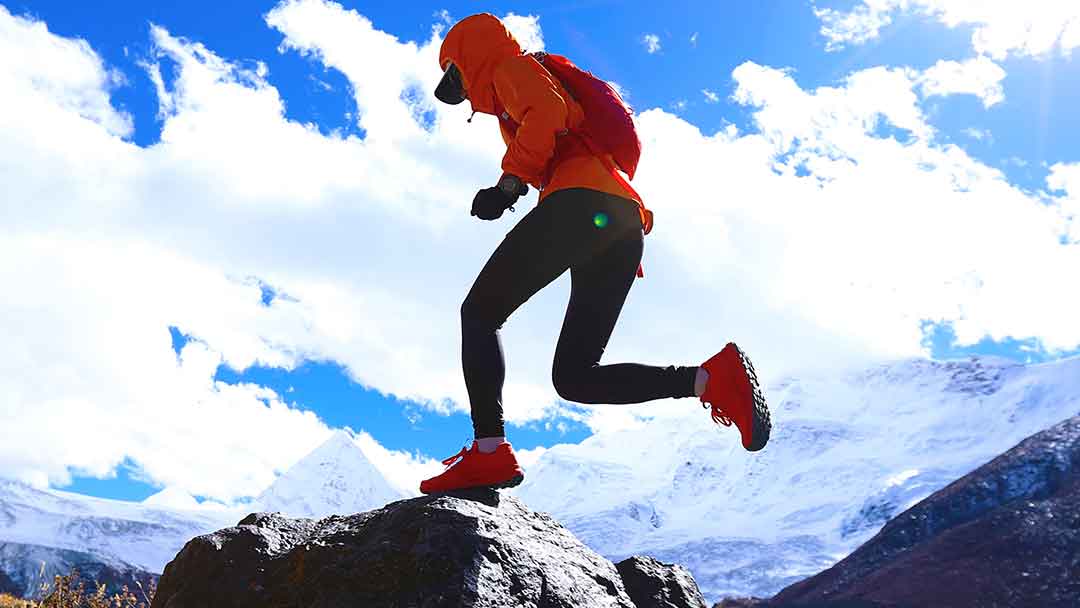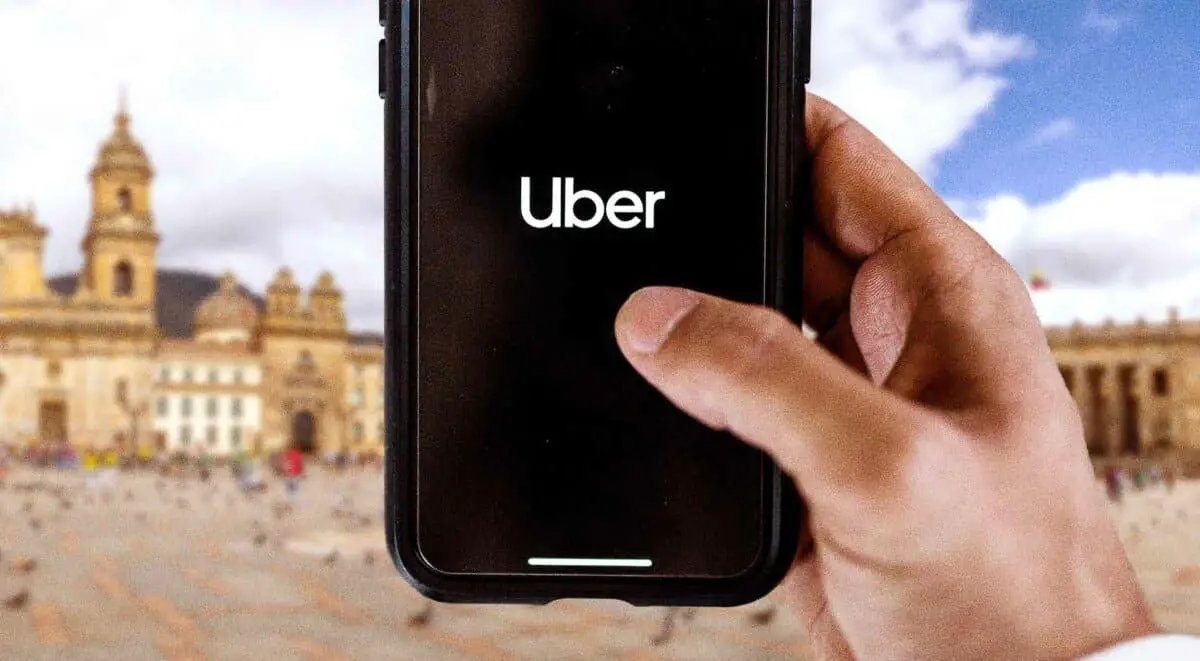How to Train for Fastpacking Trips

As an Amazon Associate we earn from qualifying purchases made on our website. If you make a purchase through links from this website, we may get a small share of the sale from Amazon and other similar affiliate programs. You can read our complete legal information for more details. By using this site, you agree the information contained here is for informational purposes only. For specific medical questions, consult your doctor. NO information on this site should be used to diagnose, treat, prevent or cure any disease or condition.
Fastpacking trips are a great way to get motivated and create a plan for your physical fitness.
Now, there are a million ways to get in shape for fastpacking but what I’m about to share with you is my strategy. This is coming from an avid fastpacking fanatic!
What I do and why
There is no magical formula for Fastpacking training because Fastpacking can change so much from trip to trip. There can be totally different terrain, elevation and distance involved.
For the most part, I generally keep fit. I like to be in shape for a Fastpacking trip at the drop of a hat, but I do up my training for really big adventures.
Of course, talk with your doctor if you have medical concerns, as I’m not qualified to give health or fitness advice.
This is just my plan and not medical advice.
Hiking
The foundation of your training is hiking/walking with a backpack. While weightlifting, biking, and other cross-training improve cardiovascular conditioning and strengthen joints and muscles, nothing prepares you for fastpacking like traveling with a pack on your back!
Make sure you have a fastpacking bag on you for all hikes. Work your way up to 75 percent of the entire weight you’ll be carrying on your adventure in that pack on your day hikes.
While talking about weight, optimizing your base weight is essential in fastpacking, but you can get an idea of what to expect here: Fastpacking Pack Weight | What’s Too Much?
For fastpacking, trek on terrain similar to what you’ll encounter. If you’re planning a mountainous or rocky vacation, get some practice on the steepest and rockiest routes you can find nearby.
If you’re going to be traveling across a sandy desert, then train on beaches if you have any nearby.
Wear the same shoes and socks you plan to use on your trip to your hike. This is the most important thing you can do to avoid blisters and other foot issues while on the fastpack.
Acquiring proper aerobic conditioning will help alleviate the adverse effects of altitude sickness if you plan to go to a place with a high elevation. Be aware that some people are more susceptible to altitude sickness than others.
It’s always a good idea to get accustomed to a high elevation area before your trip. Altitude sickness can be dangerous and ruin your whole trip. Learn more about altitude sickness and elevation training here.
Also, be sure you are putting safety first in all your fastpacking endeavors. This safety guide should help keep you safe and alive, for that matter.

A Simple Training Schedule
A training schedule that I follow every week to get in shape for my big fastpacking trips involves the following:
- A long hilly hike on the weekend in a new and exciting place
- A short mid-week hike from home
Weekend long hike
The long weekend hike’s objective is to gradually increase the distance, elevation gain, and loss to meet your anticipated longest and most challenging fastpacking days. Maybe, increasing mileage and elevation by 5-10 percent per week as you get fitter.
Midweek short hike
My weekday short and fast hike focuses on hiking rapidly across flat terrains, such as laps in a nearby park or somewhere else that I am familiar with and do not need to navigate.
With this, I can keep up with the pace on the more manageable sections of the trail and gain valuable time and distance. This increases the amount of time spent on the feet each week by a significant amount.
I set a time limit of two to three hours to maximize my efficiency and go as far as possible. Because of this, I can go hiking before or after work.
Running
I use a similar method to hiking.
I run twice a week, one shorter run and one longer run. Generally speaking, the shorter run might be around 6 miles and the long run around 12 miles.
I do these during the week after work.
I also run them at an effortless pace, where I could maintain a conversation with someone if I weren’t running alone.
With Fastpacking, the pace you run will be limited by the pack and the distances you cover, so you must build your aerobic engine with lots of long slow runs.
I find these distances sufficient, coupled with the long hikes, to tackle most of the fastpacks I do.
I do take a Fastpacking bag with me. I don’t worry about weighing it too much because I am used to running with a Fastpacking pack. I usually take more water than I need to have a little weight in my bag.
Start small, and add weight gradually to your Fastpack over the weeks.
Other factors
I am now in a position where I can go on a Fastpacking trip at the drop of a hat.
However, training is more than just hiking and running if you are new to fastpacking.
You need to know how to use everything in your bag efficiently. For example, you need to practice putting your tent up, you need to practice wild camping, and you need to practice with various cooking systems and sleeping systems.
Food and water are something you need to practice too. You need to get used to eating when moving, how much you need to eat per hour, and what does and does not upset your stomach. Check out this article on Fastpacking & Nutrition and see what I pack when I’m on the trails.
You also need to get used to drinking from natural water sources, which sources you can drink straight from, which ones need a water filter, and which ones need water purification tablets.
The better prepared you are using the kit, the less stress there will be on the Fastpack, meaning you will have more fun. The first time you use something should never be on a wild adventure in a remote place. It should be in a safe place that you know well.

In Conclusion
The most important thing for me is to see fastpacking as a lifestyle, not a training block. So, I try to do my long hikes and runs in lovely places and places I have not been to before, with at least one of them involving a drive to a new area or route.
Most of my training weeks involve the 4 days above, 1 short hike, 1 long hike, 1 short run, and 1 long run. The shorter runs are usually just from home.
This all means I can be fluid and ready for any adventure I come up with at any point in time. I do not need to take a set amount of time to build up a planned adventure.
If you are wanting to take your fastpacking to the next level, you will want to read our Ultimate Fastpacking Guide, and before you hit the trail, be sure you have everything you need by reading “The Ultimate Fastpacking Kit List.”



